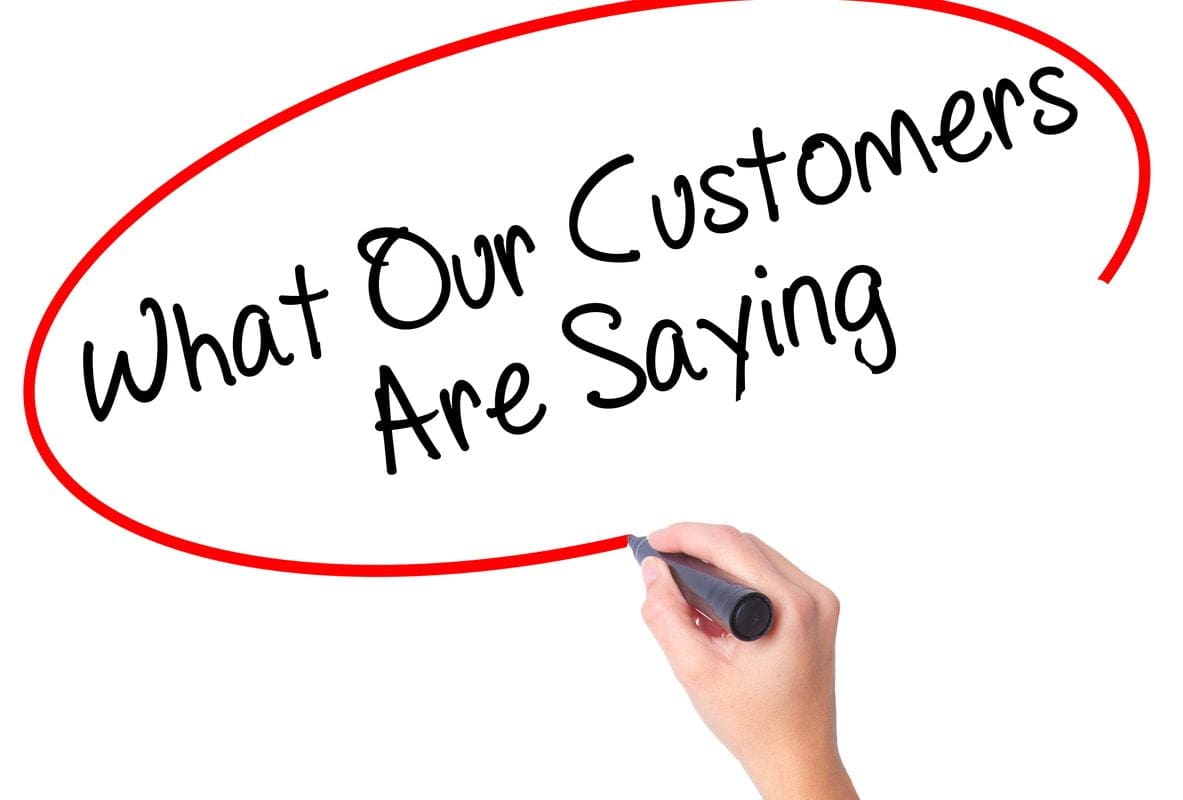
How to create an engaging customer survey
The customer survey is an essential tool in gathering large amounts of quality data from the people who use your services. Creating a survey that encourages customers to share their feedback and give specific information that allows you to improve your products and customer care is not always easy, but the many benefits make it worthwhile. There are a few factors to keep in mind to prepare a truly effective and engaging customer survey.
Don’t Annoy the Customers
Your survey must above all be clear and easy to understand. Your customers have busy lives too, so keep in mind that you don’t want to take up too much of their time. A short completed survey is better than an abandoned questionnaire. No one wants to spend half an hour of their precious time answering your questions, so make those questions count. Think about what information would make a difference to maintaining and building your business, and come up with questions that address these issues in a friendly and straightforward way. Edit your survey with care and eliminate everything that is non-essential. Develop a plan and stick to it.
Different Types of Questions
It may seem easier just to ask multiple-choice questions, but these will not draw out customers’ thoughts and feelings about your business. Place short simple questions at the beginning of the survey, and then include some questions to encourage detailed answers for those who keep going to the end. What and why questions regarding aspects of your products and services that customers liked or didn’t like, appreciated or hated could make all the difference to finding out vital information.
Keep the Rating Method Consistent
It is quite common to ask customers to rate, say, how satisfied they are with a product by selecting a scale between 1 and 5, where 1 is very satisfied, and 5 is very dissatisfied. As the survey continues, sometimes customers are asked to rate the importance of some aspect of the business, where 1 is not important and 5 is extremely important. Reversing the scale like this can confuse your respondents, and some of them may not notice that the scale is reversed and provide the wrong answers. The accuracy of the responses you get is critical, so make it easy for people to give the correct information.
Avoid Jargon
Do not assume a particular knowledge of a subject. Clearly explain what you are talking about and avoid acronyms and industry-specific terms. If you would like a longer, more detailed answer to a question, then say so and encourage the customer to describe fully what they wish to communicate to you.
Don’t Include Leading or Loaded Questions
A question with bias that leads your customers to a particular conclusion will not deliver very useful information. Telling the customer that your service is exceptional and then asking what they think may not provide the objective answers you really need. It is best to leave the descriptions to the customers. It is their thoughts that count – you already know what you think!
Rewards
People love to feel valued and receive gifts, so offer an incentive to complete your survey, such as a discount on their next purchase.